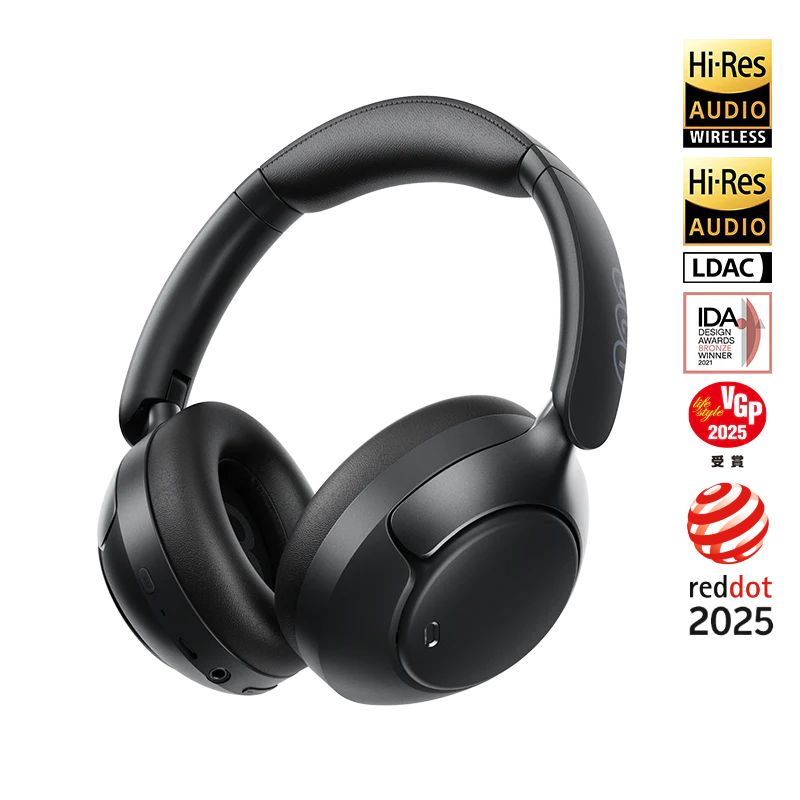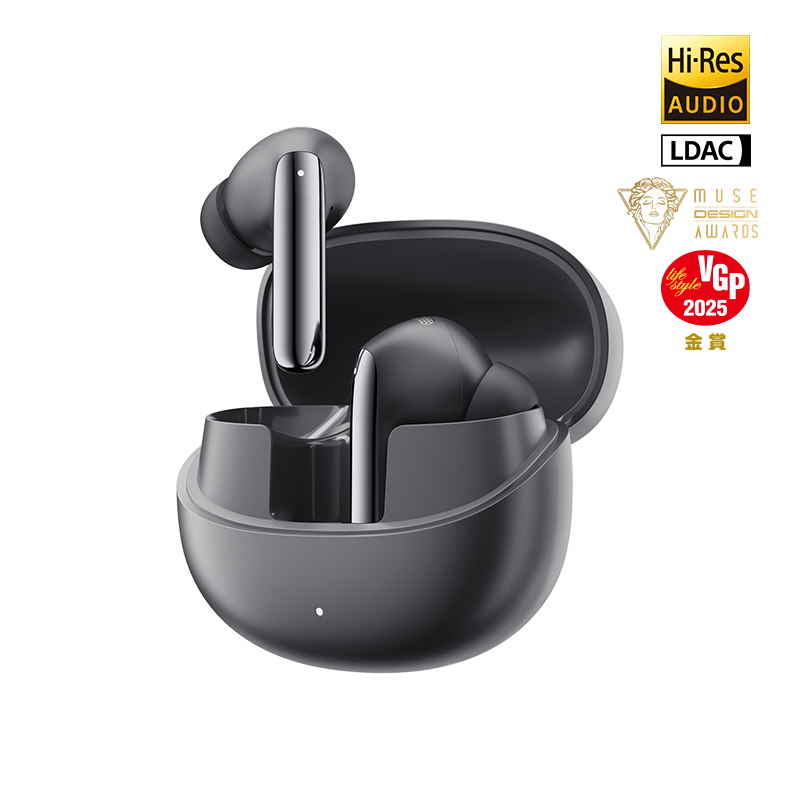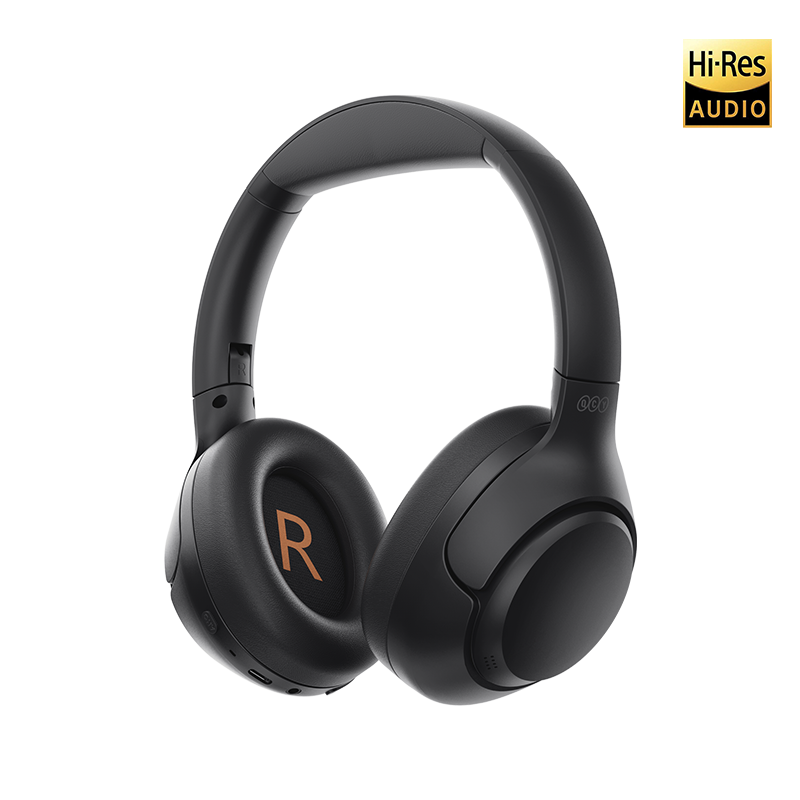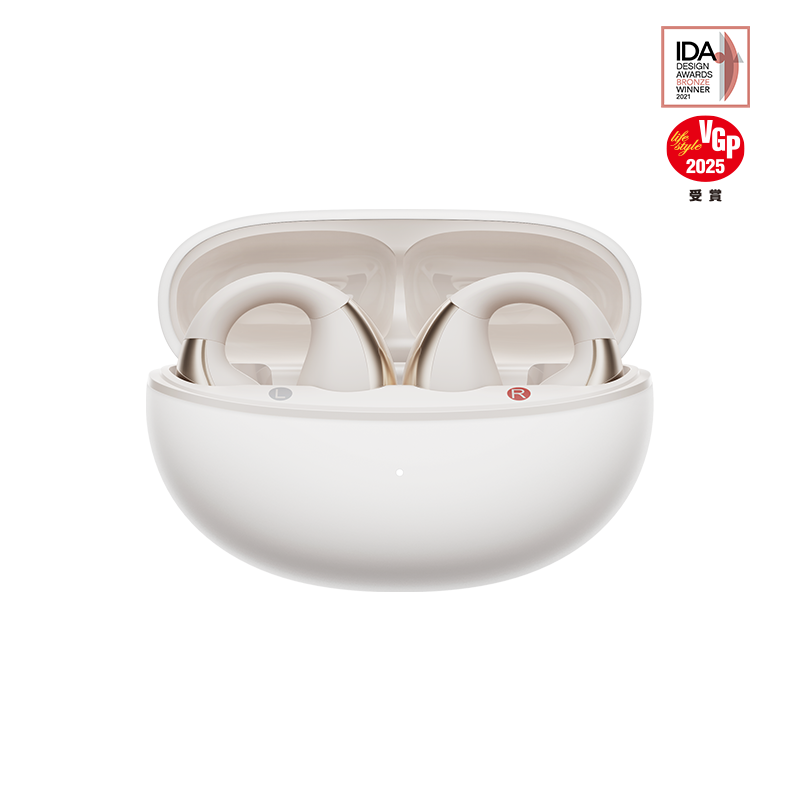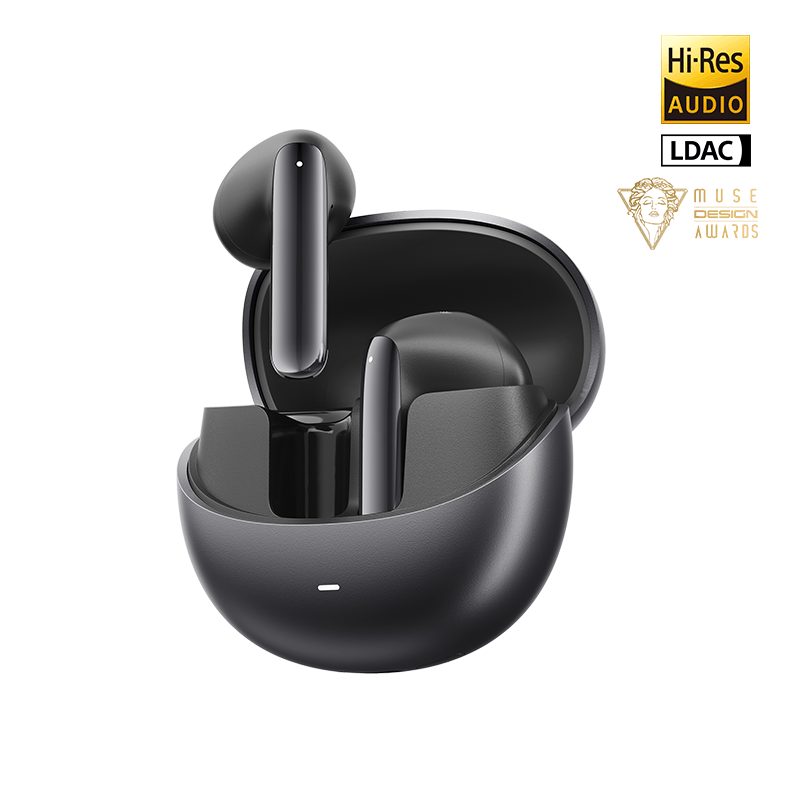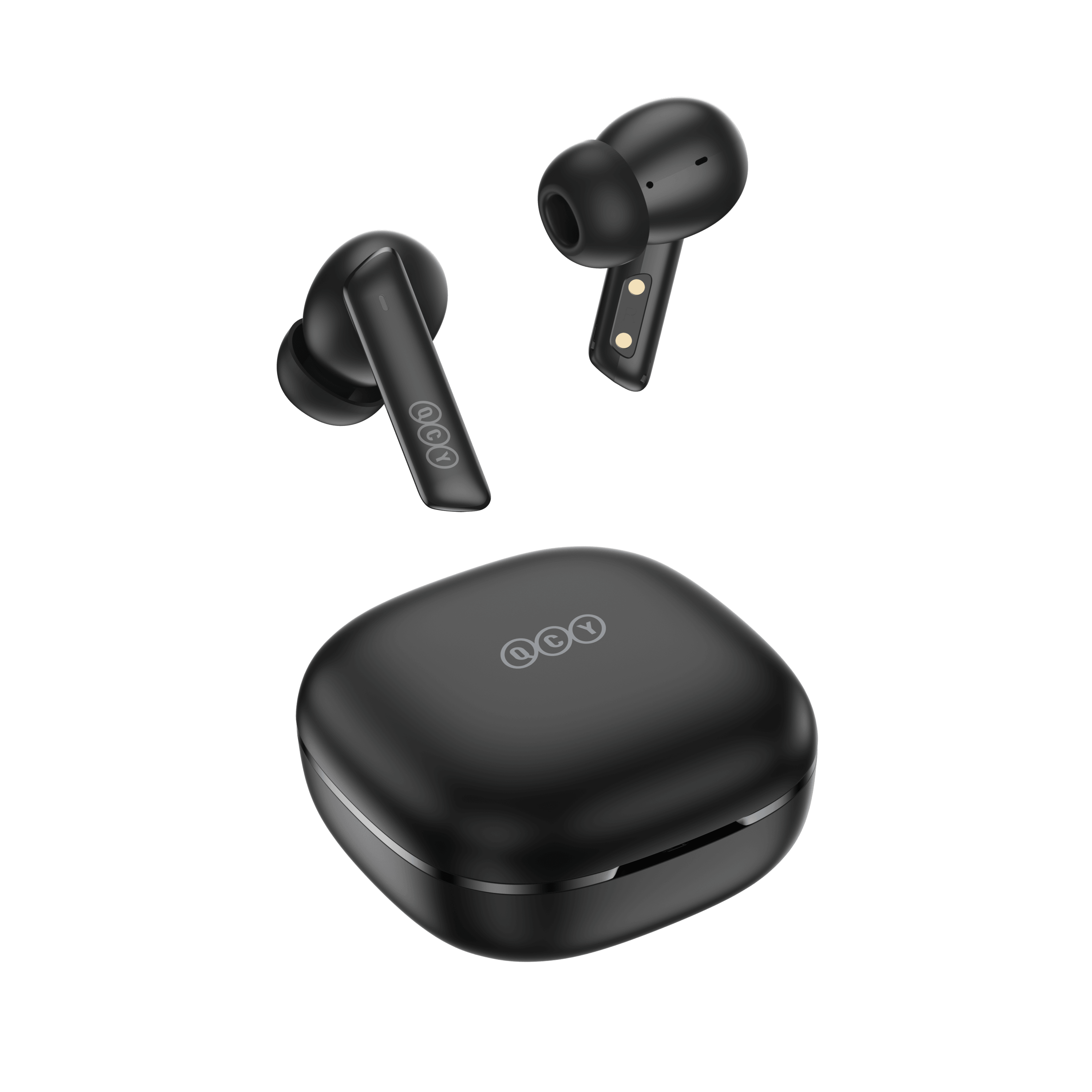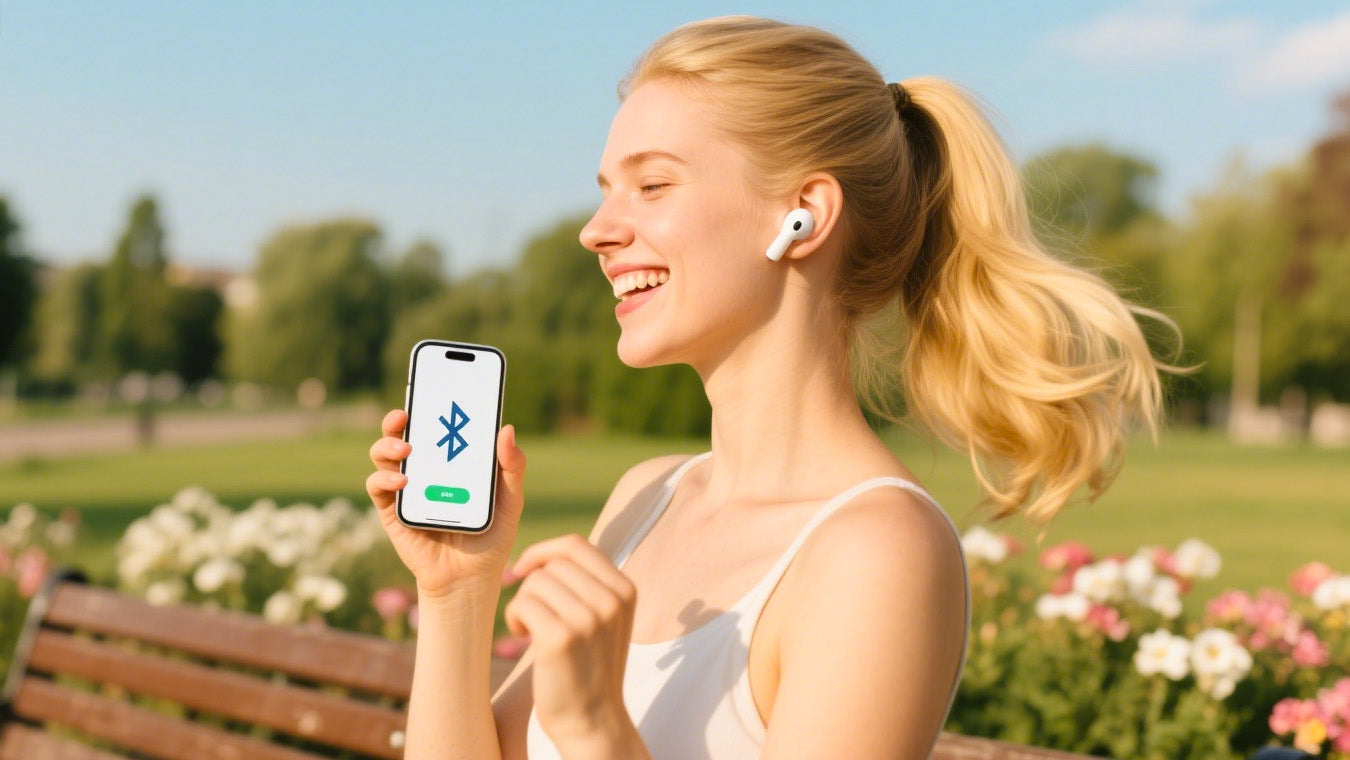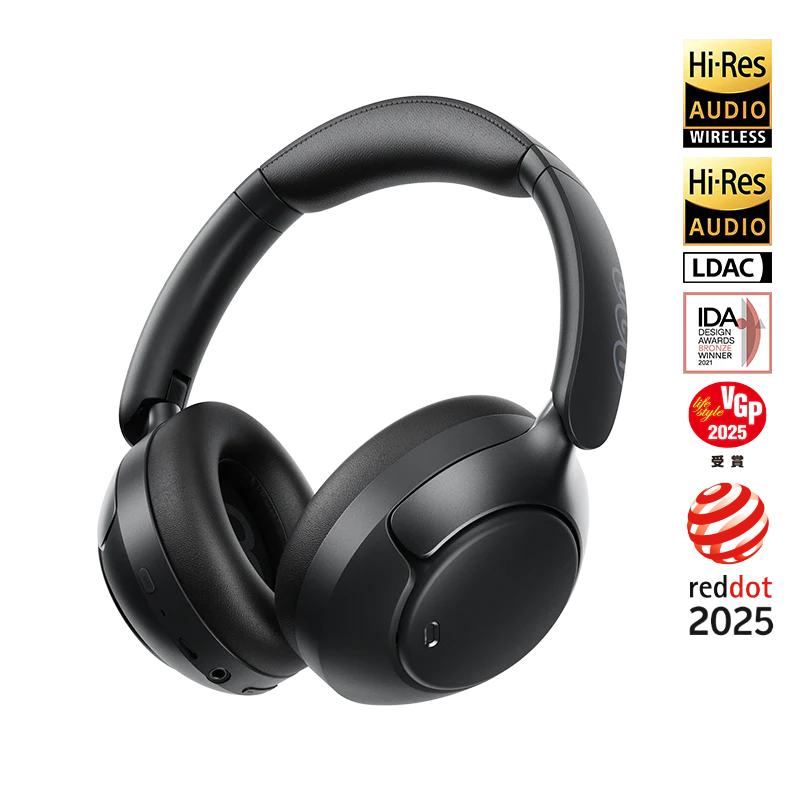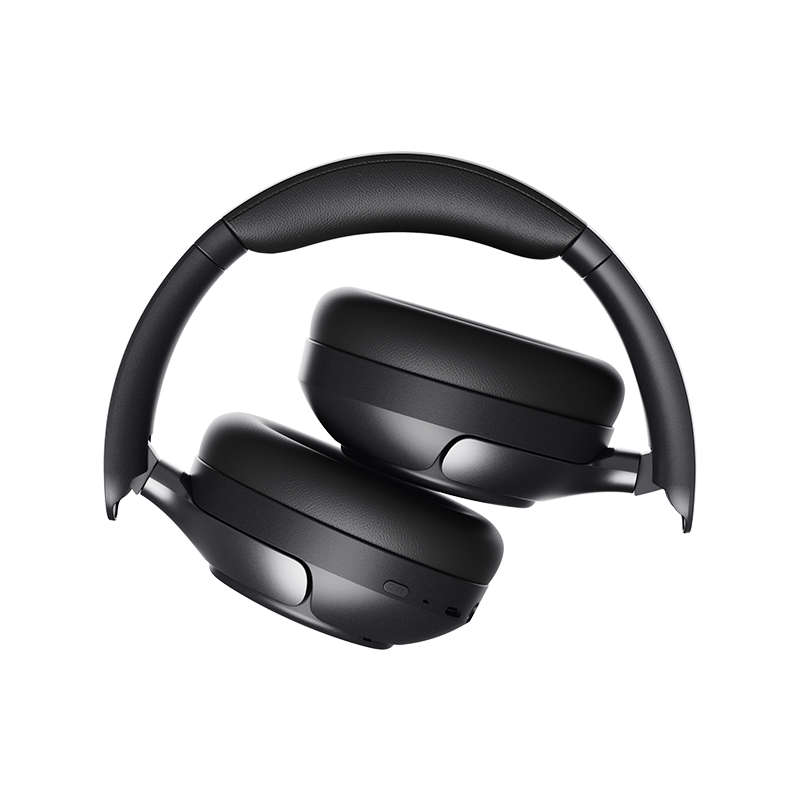
Air travel has evolved significantly over the years, and with it, the technology we carry on board. One question that frequently arises among travelers is: Can you use wireless headphones on a plane? With the rise of Bluetooth-enabled devices, such as AirPods, Bose QuietComfort, and Sony WH-1000XM series, many passengers want to know whether they can enjoy their wireless audio experience at 30,000 feet. This blog post explores the rules, technical considerations, practical tips, and alternatives for using wireless headphones during air travel, offering a comprehensive guide for modern travelers.
Understanding Airline Regulations on Wireless Devices
The use of electronic devices on airplanes is governed by aviation authorities like the Federal Aviation Administration (FAA) in the United States, the European Union Aviation Safety Agency (EASA), and similar organizations worldwide. These agencies set guidelines to ensure that devices do not interfere with aircraft systems, particularly during critical phases of flight like takeoff and landing.
FAA and International Guidelines
According to the FAA, portable electronic devices (PEDs) that emit radio signals, such as Bluetooth headphones, are generally permitted on airplanes once the aircraft reaches cruising altitude (typically above 10,000 feet). During takeoff and landing, airlines often require passengers to switch all electronic devices to airplane mode or turn them off entirely. Since Bluetooth relies on radio frequency signals, wireless headphones fall under this category.
However, the FAA updated its policies in 2013 to allow greater use of PEDs, and most airlines now permit Bluetooth devices during cruising phases, provided they are in airplane mode or have their cellular functions disabled. International regulators like EASA and the International Civil Aviation Organization (ICAO) have similar policies, though specific rules may vary by airline or country.
Airline-Specific Policies
While aviation authorities provide general guidelines, individual airlines may impose stricter rules. For example:
- Major U.S. carriers (e.g., Delta, United, American Airlines) typically allow Bluetooth devices during cruising but may request that passengers disable Bluetooth during takeoff and landing.
- International airlines (e.g., Emirates, Lufthansa, Singapore Airlines) often follow similar protocols but may have specific announcements or restrictions. For instance, some airlines prohibit the use of any transmitting devices during certain phases of flight.
- Budget carriers may have varying policies, so it’s always wise to check with the airline before flying.
To stay compliant, listen to the crew’s announcements and review the airline’s in-flight magazine or website for their electronic device policy.
How Wireless Headphones Work on Planes
Wireless headphones typically use Bluetooth, a short-range wireless technology that operates on the 2.4 GHz frequency band. This technology allows your headphones to connect to devices like smartphones, tablets, or laptops without a physical cable. However, using Bluetooth headphones on a plane involves a few considerations.
Airplane Mode and Bluetooth
Most smartphones and tablets allow Bluetooth to remain active even in airplane mode, which disables cellular and Wi-Fi signals. This means you can pair your wireless headphones with your device to listen to music, watch movies, or play games during the flight. To confirm:
-
Enable airplane mode on your device.
-
Manually turn on Bluetooth in your device’s settings.
-
Pair your headphones as usual.
Some airlines may explicitly ask passengers to disable Bluetooth during takeoff and landing, so be prepared to switch to wired headphones or pause your audio during these times.
In-Flight Entertainment Systems
One challenge with wireless headphones is connecting them to the plane’s in-flight entertainment (IFE) system. Most airplane IFE systems use a 3.5mm headphone jack (or, in some cases, a dual-prong connector), which is not compatible with Bluetooth headphones. To use wireless headphones with IFE, you’ll need a Bluetooth transmitter.
Using a Bluetooth Transmitter
A Bluetooth transmitter is a small device that plugs into the airplane’s headphone jack and transmits the audio signal via Bluetooth to your headphones. Popular options include the Twelve South AirFly or Mpow Bluetooth Transmitter. Here’s how to use one:
-
Plug the transmitter into the 3.5mm headphone jack on the IFE system.
-
Pair the transmitter with your Bluetooth headphones.
-
Adjust the volume on the IFE system and your headphones as needed.
Keep in mind that some IFE systems have lower audio quality, and the transmitter’s performance may depend on its compatibility with your headphones.
Potential Challenges and Limitations
While using wireless headphones on a plane is generally feasible, there are some challenges to consider:
Interference Concerns
Although studies have shown that Bluetooth devices pose minimal risk to aircraft systems, some airlines remain cautious. The 2.4 GHz frequency used by Bluetooth is shared with other devices, such as Wi-Fi routers, which could theoretically cause interference. However, modern aircraft are designed with robust shielding to prevent such issues, and the risk is considered negligible.
Battery Life
Long-haul flights can last 10–15 hours or more, and wireless headphones rely on battery power. Popular models like the Sony WH-1000XM5 offer up to 30 hours of battery life, but it’s wise to charge your headphones fully before boarding. Carrying a portable charger or power bank (compliant with airline regulations) can also help.
Pairing Issues
Crowded airplane cabins with many Bluetooth devices can sometimes cause pairing difficulties due to signal congestion. If you experience issues, try re-pairing your headphones or moving your device closer to them.
Audio Latency
Some Bluetooth headphones, especially older models, may experience slight audio lag when watching videos. This can be noticeable with in-flight movies. Newer headphones with advanced codecs like aptX Low Latency or LDAC minimize this issue, but it’s worth testing your headphones before your trip.
Tips for Using Wireless Headphones on a Plane
To ensure a seamless experience, consider the following tips:
-
Check Airline Policies: Before your flight, visit the airline’s website or contact their customer service to confirm their rules on Bluetooth devices.
-
Bring a Wired Backup: Carry a pair of wired headphones or a 3.5mm cable in case Bluetooth is restricted or your battery dies.
-
Invest in a Bluetooth Transmitter: For in-flight entertainment, a transmitter is a game-changer.
-
Choose Noise-Canceling Headphones: Wireless headphones with active noise cancellation (ANC), like the **mediator: Bose QuietComfort 45 or Apple AirPods Pro, can significantly reduce cabin noise, enhancing your listening experience.
-
Update Firmware: Ensure your headphones’ firmware is up to date to avoid connectivity issues.
-
Test Before You Fly: Pair your headphones with your devices and test them with a transmitter (if using one) to troubleshoot any issues in advance.
Alternatives to Wireless Headphones
If wireless headphones aren’t practical or permitted, consider these alternatives:
- Wired Headphones: A reliable pair of wired headphones with a 3.5mm jack works with most IFE systems and requires no battery.
- Earplugs: For passengers prioritizing silence over audio, high-quality earplugs can block out cabin noise.
- Airline-Provided Headphones: Many airlines offer complimentary or purchasable headphones, though the quality may be subpar.
Are Wireless Headphones Worth It for Air Travel?
Wireless headphones offer several advantages for air travel:
- Convenience: No tangled cords or bulky adapters.
- Comfort: Many wireless models are designed for long-term wear.
- Noise Cancellation: Premium models excel at reducing engine and cabin noise.
However, the need for a Bluetooth transmitter, potential battery concerns, and airline restrictions may make wired headphones a simpler choice for some travelers. Ultimately, the decision depends on your priorities—convenience versus reliability.
Future Trends in In-Flight Audio
As technology advances, airlines are beginning to integrate Bluetooth into their IFE systems. For example, some newer aircraft (like the Airbus A350 or Boeing 787) offer Bluetooth-enabled seatback screens on select carriers. This trend may eliminate the need for transmitters in the future, making wireless headphones even more convenient for travelers.
Additionally, advancements in Bluetooth technology, such as Bluetooth LE Audio, promise lower power consumption and better audio quality, which could further enhance the in-flight experience.
Conclusion
Yes, you can use wireless headphones on a plane, but there are nuances to consider. By understanding airline regulations, preparing for IFE compatibility, and addressing potential challenges like battery life and signal interference, you can enjoy your favorite music, podcasts, or movies in the sky. Whether you opt for wireless headphones with a Bluetooth transmitter or stick to wired alternatives, planning ahead ensures a smooth and enjoyable flight.
For frequent flyers, investing in a good pair of noise-canceling wireless headphones and a reliable Bluetooth transmitter is a worthwhile consideration. As airlines continue to modernize their systems, the use of wireless headphones is likely to become even more seamless in the years to come. For an excellent option, we recommend the QCY H3 Pro, which offers superior noise cancellation and long battery life, making it a great companion for air travel. Check it out at QCY H3 Pro. Safe travels, and happy listening!











